Musician cherubs
Oil on canvas, 67 × 96 cm
Gilded and carved frame, 17th century, 86 × 110 cm
The painting examined depicts a group of three naked cherubs in an intimate and harmonious setting, typical of Genoese Baroque painting. The work dates back to the mid-17th century in Genoa, a period of great splendour for the city, characterised by the emergence of a refined and theatrical Baroque style. The cherubs, personifying childlike innocence and joy, are depicted here with particular emphasis on their soft, luminous forms, a detail that further links the work to an artist from the circle of Domenico Piola (1627-1703), one of the most important figures in 17th-century Ligurian painting. A pupil of his brother-in-law Stefano Camogli and later influenced by Valerio Castello, Piola was able to blend the Genoese decorative style with classicist and naturalist influences, gained through his knowledge of Emilian (Correggio, Guido Reni) and Roman painting. Founder of the Casa Piola workshop, he was at the centre of intense decorative activity in Genoese palaces and churches, coordinating numerous collaborators and contributing to the spread of the Baroque style in Liguria. Alongside Piola, artists such as Gregorio De Ferrari, Giovanni Battista Gaulli (il Baciccio) and Valerio Castello stood out in the Genoa area, all engaged in the decoration of churches and noble residences. Compared to his contemporaries, Piola showed a sweeter and more decorative vein, preferring a luminous and soft register, with rounded figures and rich but balanced compositions.
Piola's painting, compared to that of De Ferrari, for example, is less dynamic and nervous, but more attentive to decoration and visual appeal. This taste is reflected in his preference for playful and allegorical subjects, such as cherubs, often used as ornamental elements in quadrature and frescoed ceilings.
The central cherub holds a musical scroll, while another seems to be reading or accompanying it, suggesting an allusion to celestial music, a symbol of universal harmony and divine bliss. The atmospheric rendering, achieved through a calibrated use of light and shadow, gives the group an almost sculptural presence.
The cherubs, Renaissance heirs to the classical “amorini”, took on a multifaceted symbolic function in the 17th century: they embodied lightness and childlike joy, but also the spiritual and heavenly dimension. In Baroque painting, they are frequently associated with music, a symbol of cosmic harmony and divine praise. The musical scroll held by the central cherub could suggest a reference to the harmony of the spheres or angelic celebration, themes dear to the Counter-Reformation tradition, which saw sacred music as an instrument of spiritual elevation.
The use of music as a decorative theme fits perfectly into the Baroque poetics of sensory and emotional involvement, and in the Genoese context also responds to the aristocratic taste for refinement in the decorative and musical arts.
All our works are accompanied by a detailed certificate of authenticity.
Professional packaging and insured shipping to ensure maximum safety during transport.
For further information, please do not hesitate to contact us on +39 3335747733 – info@dequart.com
VIDEO CALLS and direct viewings by appointment in MILAN and OMEGNA (Vb) are available.
Further information and photographs: www.dequart.com












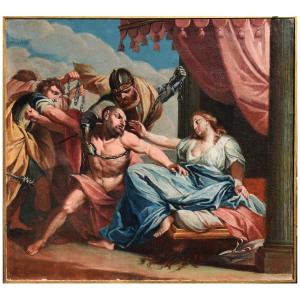


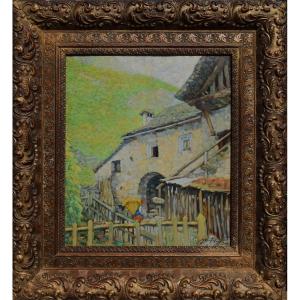





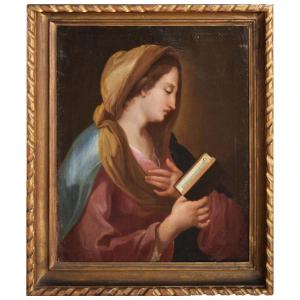

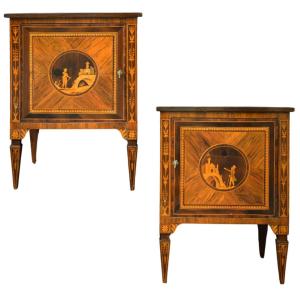
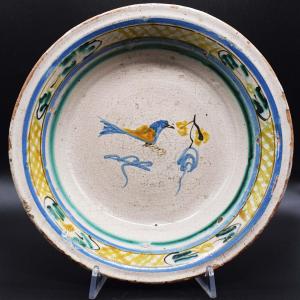

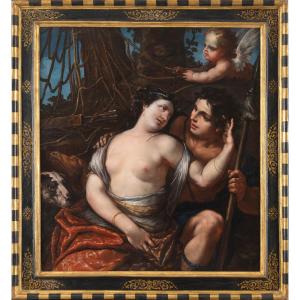







 Le Magazine de PROANTIC
Le Magazine de PROANTIC TRÉSORS Magazine
TRÉSORS Magazine Rivista Artiquariato
Rivista Artiquariato